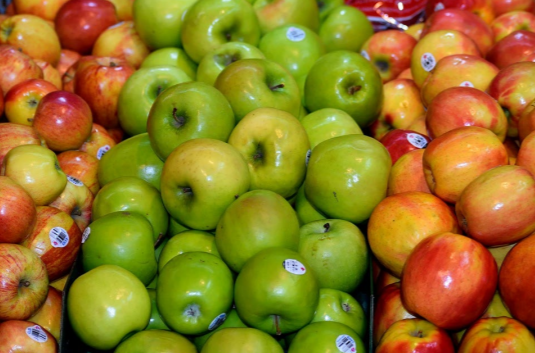4.2: Chapter 4 Vocabulary
- Page ID
- 51360

Part 1
Directions: Use your dictionary to find the meaning for the vocabulary words in the box. Then write the words from the box next to their definitions below.
1. ____________________________________: A series of actions that produce something.
2. ____________________________________: How good or bad something is.
3. ____________________________________ : Something special or particular.
4. ____________________________________ : To say that something should be chosen.
5. ____________________________________ : Relating to a whole country or nation.
6. ___________________________________ : To become bigger in amount or number.
7. ____________________________________: Involving two or more countries.
8. ____________________________________: To permit someone to have or do something.
9. ___________________________________: Something that is made to be sold.
10. ___________________________________: To stay away from something or someone.
Part 2
Syllables Directions: Listen to the pronunciation of the vocabulary words. Write the number of syllables that you hear in each word. The first word has been done for you.
process___2____ increase_______ product_______ allow_______ suggest_______
national_______ quality_______ international_______ specific_______ avoid_______
Part 1 Directions: Read the paragraph and fill in the missing words with the chapter 4 vocabulary words. Some words might be used more than one time. You may need to change the form of the words. You will not use one of the words.

It’s important to know where food comes from. Do you know where yours comes from? In the United States, a lot of food goes through a long _____________________________________ before it arrives in the grocery store. Some ________________________________like milk are produced _______________________________, meaning in the United States. However, some products are ________________________________________and are imported from other countries. Let’s look at some ________________________________________________________examples. Most beef in the United States is produced nationally. For this reason, the __________________________________________of beef is good in the United States. It is fresh. However, some fruits, like mangos or coconuts are not grown in the U.S. They are shipped to the U.S. from other countries. Some people _______________________________________________eating foods that are not local. It is a good idea, but sometimes, this_________________________________________the price of some foods. Some shoppers ___________________________________________ themselves to buy international ___________________________________________once in awhile, but not often. Other shoppers don’t care and buy whatever is the cheapest. In the U.S., you can find almost any product. Next time, think about where something came from when you buy it! Look for the sticker on the label.

Part 2 Directions: Listen and check your answers to the exercise on the page before. Then listen again and answer the questions below. Discuss with a partner.
Part A. Listening for details
- What kind of food does the speaker say is produced in the U.S.?
- What are the two examples of foods that are imported from other countries?
- Why do some people avoid buying products from outside of the U.S.?
Part B. Discussion- Answer the questions below then compare with a partner.
- What are three foods produced locally in your country?
- What are some common foods that your country imports from other countries?
- What is your favorite food from another country?


